
2020 Year in Review Quiz
Test your topical knowledge concerning hurricanes, typhoons and other storms, earthquakes, wildfire, climate change, and other phenomena!
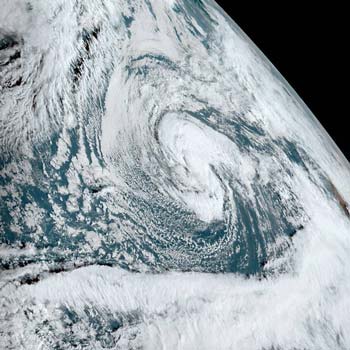 |
Question 1: Which named storm broke the Atlantic named storms record for a season this year; which year’s record did it surpass? |
Correct answer: 3. Subtropical Storm Theta formed on November 9, making it the 29th named storm of the season. The previous record was set in 2005 with 28 named storms. The formation of Hurricane Iota on November 13 made a total of 30 named storms for the 2020 Atlantic hurricane season. The season officially ended on November 30, but hurricanes can form any time of year.
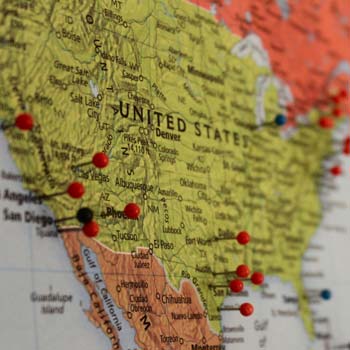 |
Question 2: Which two U.S. states outside of California experienced earthquakes stronger than magnitude 5.0 this year that caused minor damage to property? |
Correct answer: 2. A magnitude 5.7 earthquake struck 15 km west of Salt Lake City, Utah, at 7:09 a.m. on March 18, the largest earthquake in Utah since the 1992 M5.9 earthquake in St. George (recorded in local magnitude by USGS). And a magnitude 5.1 quake occurred at 8.07 a.m. on August 9 about two miles from the small town of Sparta, North Carolina, close to the Virginia border. A magnitude 5.5 earthquake struck 111 miles from Carson City, Nevada, on November 13, but did not cause property damage as it struck in a sparsely populated area. An average of five earthquakes with magnitudes between 5.0 and 6.0 occur per year in California and Nevada, according to a recent three-year USGS data sample.
 |
Question 3: Three key sources of information underpin event attribution (a relatively new branch of climate change science). Which of the following is not one of those sources of information? |
Correct answer: 2. Most event attribution studies rely on a combination of observation data and climate models, plus a physical understanding of how weather events evolve and how a changing climate might impact that evolution. From their event attribution research, climate scientists derive the fraction of attributable risk (FAR), which represents the proportion of adverse event risk attributable to the human influence on climate change or, conversely, the likelihood that an event would have happened in the absence of current greenhouse gas emissions.
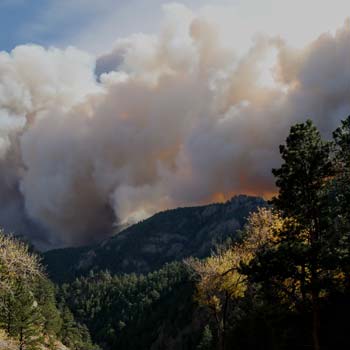 |
Question 4: The four largest wildfires ever recorded in Colorado burned this year. Which one of these fires was not one of them? |
Correct answer: 1. In size and rank order, the four 2020 largest wildfires ever to burn in Colorado are: Cameron Peak, East Troublesome, Mullen, and Pine Gulch. East Fork burned in Colorado this year also but did not break the Top 4. Wildfires in California, Colorado, Oregon, Arizona, and Washington have been making headlines, but it is not the number of major incidents that is grabbing attention so much as their size.
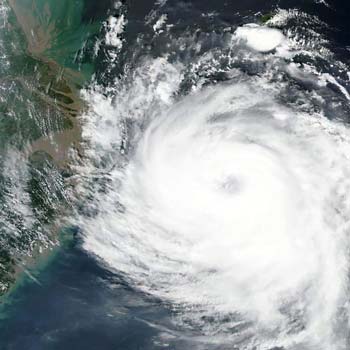 |
Question 5: Which three typhoons struck the Korean peninsula in rapid succession in late August and early September 2020: |
Correct answer: 4. Bavi closely bypassed the South Korea mainland and made landfall in North Korea 50 km southwest of Pyongyang on August 27 KST; Maysak made landfall just southwest of Busan on September 3 KST; and Haishen made landfall near Ulsan, South Korea, on September 7. South Korea already was drenched from its longest monsoon season in many years and a soaking from the remnants of Typhoon Hagupit when it had to contend with three typhoons in a 12-day period. The location of South Korea is somewhat sheltered compared to other coastal countries in Asia. The total number of storms reaching the country is far less than the number affecting China, Japan, or the Philippines, but at least one tropical cyclone makes landfall every year on average, and at least one additional tropical cyclone comes close enough to the coast to cause loss.
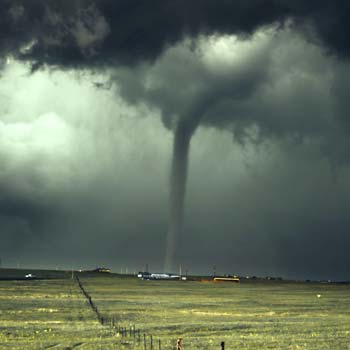 |
Question 6: In early March, an EF-3 tornado traveled through parts of the City of Nashville, causing dozens of deaths and property damage. In which year prior to 2020 did an EF-3 tornado last touch down in Nashville, Tennessee? |
Correct answer: 2. The 2020 Nashville storm took an eerily similar path over the city as an EF-3 tornado on April 16, 1998, which touched down northwest of the city and moved eastward. This year’s storm was the result of an early season severe weather outbreak that spawned several tornadoes that affected five southeastern states on March 2, including an EF-3 tornado that ripped through parts of the city of Nashville, Tennessee, around 1:30 a.m. ET on March 3, killing at least 24 people. The storms were spawned by an advancing cold front meeting warm, unstable air across this region—a classic setup for severe weather.
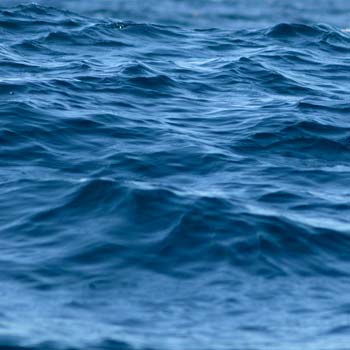 |
Question 7: A large-scale coupled atmosphere ocean circulation with positive and negative phases in the Indian Ocean is known as which of the following? |
Correct answer: 1. The Indian Ocean Dipole is a large-scale coupled atmosphere ocean circulation that can basically be described as the temperature difference between the western and eastern portions of the Indian Ocean. It influences climate over Africa, Asia, and Australia. Its positive phases, which are becoming more common, have an effect similar to what happens off the west coast of South America during La Niña, the negative phase of the El Niño-Southern Oscillation (ENSO). The cool water off the west coast of Australia suppresses precipitation over western Australia while the warm water over the western part of the Indian Ocean enhances rainfall over western Africa and India. The Indian Ocean Dipole may have had a role to play in the Australia Bushfires of 2019-2020. Among other climatic factors, anomalies in sea surface temperature such as El Niño in the South Pacific Ocean and the Indian Ocean Dipole (IOD) in the Indian Ocean are known to influence the Southwest monsoons. The Bengal Wave is a made-up term.
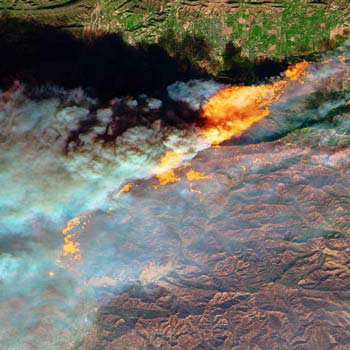 |
Question 8: How many of the Top 10 largest wildfires in California since recordkeeping began have burned this year? What is the name of the largest wildfire—the million-acre “gigafire”—that burned in California this year? |
Correct answer: 3. Five of the Top 10 largest wildfires in California’s recorded history burned this year, and the August Complex Fire was #1. The Mendocino Complex Fire burned in 2018 and remains the second largest. The SCU Lightning Complex Fire, Creek Fire, LNU Lightning Complex Fire, and North Complex Fire are the third, fourth, fifth, and sixth largest, respectively, and all burned this year in California.
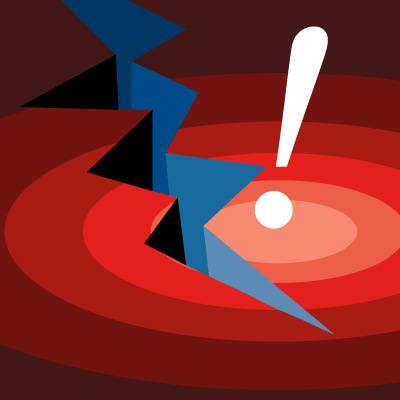 |
Question 9: What is the strongest earthquake ever recorded on Earth? |
Correct answer: 4. The Mw 9.5 Valdivia Earthquake struck 60 years ago on May 22, 1960, off the western coast of South America and is the strongest earthquake ever recorded on the planet. The Mw 9.2 Great Alaska Earthquake struck on March 27,1964; it remains the strongest recorded earthquake to strike North America and is the world's second strongest ever recorded, after Valdivia. The Mw 9.0 Great East Japan (Tohoku) Earthquake struck on March 11, 2011, and was the strongest experienced in Japan since the country began taking instrumental measurements 120 years prior. The Mw 9.1 Sumatra-Andaman (Indian Ocean) Earthquake struck on December 26, 2004, 100 km off the west coast of the Indonesian island of Sumatra; it was one of the strongest in the last century.
 |
Question 10: According to the WHO as of December 8, more than 1.5 million deaths worldwide had been caused by the COVID-19 pandemic. In which five countries did roughly half of these deaths occur? |
Correct answer: 3. As the COVID-19 outbreak continues to evolve, Verisk is monitoring the situation closely, consulting our team of business and industry experts, and keeping a close watch on information from public health organizations.
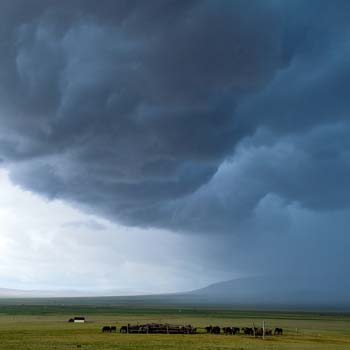 |
Question 11: What type of wind event produced hurricane-force winds, 17 tornadoes, and traveled about 1,000 miles across the Midwest in August? |
Correct answer: 2. A derecho caused widespread damage in the Midwest on August 10, 2020, some of it catastrophic. The phenomenon, pronounced "deh-REY-cho," takes its name from the Spanish word for straight because of the straight-line wind damage inflicted. The term was first used by the meteorological community in the 1880s but did not reappear until the 1980s. For an event to be classified as a derecho the swath of wind damage must extend for more than 250 miles, have had gusts of at least 58 mph along most of its length, and include multiple well-separated gusts of at least 75 mph.
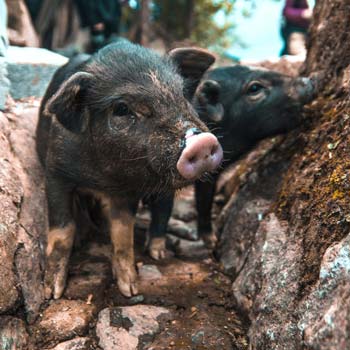 |
Question 12: Since the autumn of 2018, pigs in China have been affected by African swine fever (ASF). This virus is highly contagious for pigs, with a high mortality rate and no treatment or vaccine. Approximately how much of China’s pig population has been lost to this disease since the outbreak began? |
Correct answer: 3. China’s pig population of 400 million pigs in 2018 has fallen by half since the beginning of the ASF outbreak. China’s pigs represented 40% of the global total of 1 billion prior to the ASF outbreak. Chinese livestock represents a significant underinsured risk in the global agriculture sector.
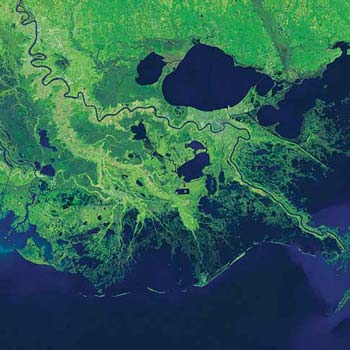 |
Question 13: How many weeks and miles apart did Hurricane Laura and Hurricane Delta make landfall on the coast of Louisiana this year? |
Correct answer: 3. Hurricane Laura made landfall near Cameron, Louisiana, close to the Texas border, on August 27 as a strong Category 4 storm. Just 6 weeks later and 12 miles away, Hurricane Delta made landfall near Creole, Louisiana, as a Category 2 storm. Hurricane Zeta made landfall just three weeks after Hurricane Delta and about nine weeks after Hurricane Laura. Zeta made landfall about 150 miles east of Laura’s and Delta’s landfall locations and west of where Sally made landfall near Gulf Shores, Alabama, on September 16. Considering all four of these hurricanes—Sally, Laura, Delta, and Zeta—the entire coastline from eastern Texas near the Louisiana border to the western Florida Panhandle was impacted by hurricanes this season.
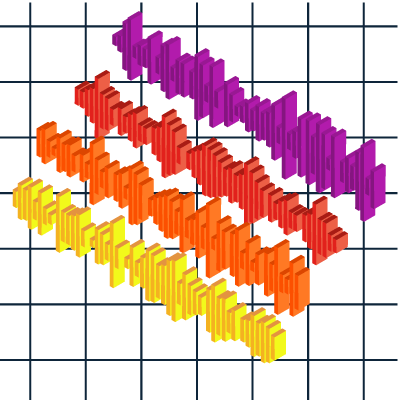 |
Question 14: How do earthquake swarms–such as the 100 earthquakes that shook Southern California within 24 hours this fall–differ from most earthquake events? |
Correct answer: 2. Relatively brief events, earthquake swarms consist of a large number of modest temblors with no identifiable mainshock. Swarms may last for a few hours or a few months, and don’t behave as predictably as aftershock sequences (e.g., swarms can intensify after slowing down).
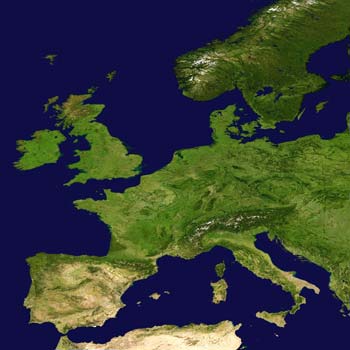 |
Question 15: Which months does the European extratropical cyclone season span? |
Correct answer: 4. Although extratropical cyclones can impact Europe at any time of year, there is a definite season and it runs from October to March. The last significant storm was Ciara-Sabine in early February, which caused insured losses mainly in Germany, France, and the UK. Rather than causing a limited number of very high claims, European winter storms can generate hundreds of thousands of smaller claims that can add up to significant sums—particularly given the high take-up rates in Europe. Three storms indelibly imposed this awareness on the insurance community and inspired a new sensitivity to the serious Europe-wide repercussions of a phenomenon that previously had been seen largely as local.
2020 Year-in-Review Quiz Results
Your score:
HELPFUL LINKS
COVID-19 & Insurance Industry Careers Client Portal Events Center Touchstone Data Privacy and ComplianceSUBSCRIBE
Subscribe to our blog!
Privacy Policy
| US State Privacy Rights
| Information for California Business Contacts
| Condition of Use
| Trademarks
© 2000-2024 AIR Worldwide | All rights reserved.
